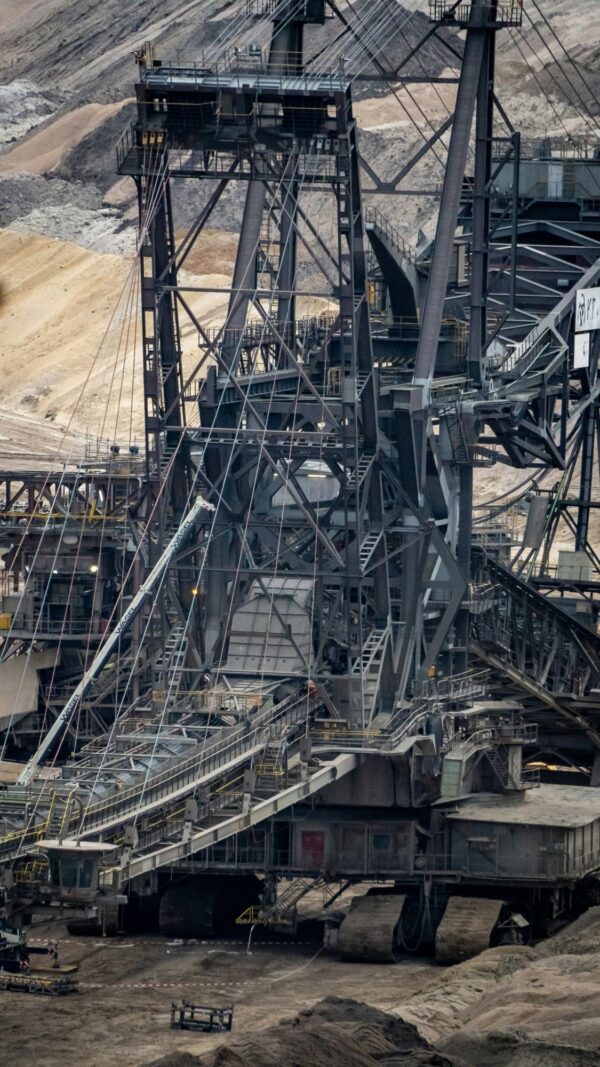How do we limit warming to 1.5°C: informing the Talanoa Dialogue question, “How do we get there?”
Share

Integrated Assessment Models of climate change mitigation, assessed in IPCC Special Report on Global Warming of 1.5°C (IPCC SR1.5), show a large spectrum of 1.5°C- compatible pathways that limit warming to this level during the century, or exceed it by only a limited amount of less than 0.1°C (“low overshoot”). This Climate Analytics submission to the Talanoa Dialogue, which unpacks in some detail the implications of these pathways.
This submission unpacks in some detail the implications of 1.5°C compatible mitigation pathways assessed in the IPCC Special Report on Global Warming of 1.5°C (IPCC SR1.5). Integrated Assessment Models of climate change mitigation, assessed in IPCC SR1.5, show a large spectrum of 1.5°Ccompatible pathways that limit warming to this level during the century, or exceed it by only a limited amount of less than 0.1°C (“low overshoot”).
Where we are:
The IPCC SR1.5 assesses the state of scientific knowledge on impacts of climate change, both currently experienced and likely to be felt in a future of 1.5°C warming or more, and related global greenhouse gas emission pathways. The report shows that we will be able to limit warming to 1.5°C, if the world takes further action substantially beyond what is implied by current Nationally Determined Contributions under the Paris Agreement (PA) in aggregate. However, any
delay in near-term emissions reductions will lead to an increasing risk of greater temperature overshoot (with associated larger climate-change impacts and higher damages), a stronger reliance on uncertain mitigation options such as Carbon Dioxide Removal, and higher overall mitigation costs.
Where we want to go:
The IPCC SR1.5 has assessed global greenhouse gas emission pathwaysthat examine the technical and economic feasibility of limiting warming to 1.5°C. Simultaneously, the IPCC SR1.5 considers many dimensions of sustainable development that go beyond potential and actual impacts of climate change. The IPCC SR1.5 Summary for Policy Makers focuses on 1.5°C compatible mitigation pathways that limit global warming to 1.5°C, or below throughout the 21st century with no or limited (0.1°C) overshoot. These 1.5°C compatible pathways generally bring warming back to around 1.3°C warming by 2100 after a peak warming of 1.5°C or slightly above (less than 1.6°C) around the 2060s, and to achieve this have total greenhouse gas emissions peak around 2020 and decrease rapidly to global zero around the 2060s. Although the IPCC SR1.5 also assesses other pathways, these lead to higher warming levels. These include pathways that return warming to 1.5°C by 2100, but achieve this after an overshoot to as much as 1.9°C, which is clearly not holding warming “well below 2°C” as specified in Paris Agreement Article 2.1 and would be associated with climate risks, impacts and damages close to 2°C.
The principle part of this submission to the Talanoa Dialogue is on the question, “How do we get there?”. To this end we examine the many PA-compatible pathways toward the 1.5°C limit and highlight those that appear most likely to maximize synergies with sustainability and feasibility
criteria.
Some key conclusions from our analysis are that:
- Rapid reductions in energy demand across all sectors are fundamental for 1.5°C compatible pathways that also limit negative emissions through carbon capture technologies.
- A rapid and almost complete phase-out of coal by 2050 in the power sector is a universal message, with the highest agreement across scientific publications. Crucially, most of this transformation needs to happen right now, because the use of coal in the power sector needs to be reduced from currently over 35% of global electricity supply to only 3-10% by 2030.
- At the same time, total coal use in energy and industry needs to be reduced to 60-80% below 2010 levels by 2030 and to up to 95% below 2010 levels by 2050.
- Natural gas, even if combined with Carbon Capture and Storage (CCS) is reduced sharply as well, to 8% (3–11%) of global electricity in 2050.
- With a high rate of electrification of transportation, substantial reductions in oil use are projected, with oil use by 2030 as much as 35% lower than in 2010, and 30-80% lower by 2050.
- Renewable energy technologies (excluding biomass) reach a particularly high share in electricity supply of 45-65% in 2030 and 70-85% in 2050.
- In addition, total primary energy needs to be supplied by renewable energy (excluding biomass) at a share of 50-65% by 2050, displacing fossil fuels from traditional markets for power generation, mobility and heating.
- 1.5°C compatible transformation will require significant additional investment worldwide in low-emission infrastructure as well as redirection of financial resources away from carbon-intensive investments. Global annual investments in low-carbon energy technologies overtake fossil investments already by around 2025 in 1.5°C pathways.











